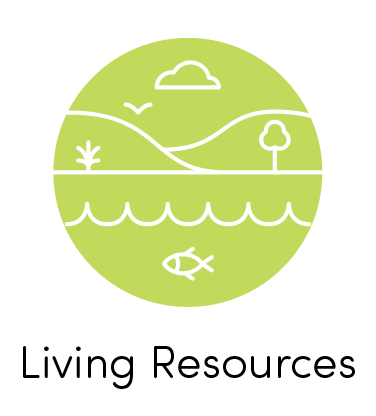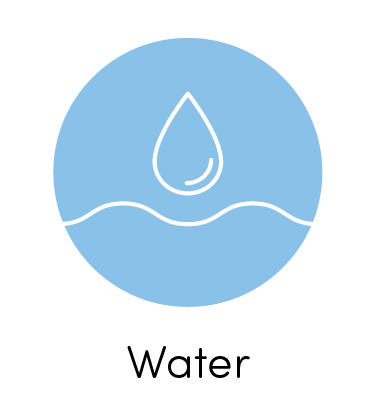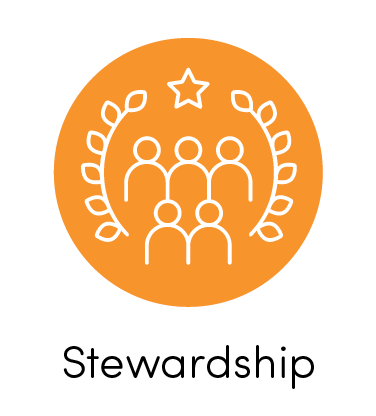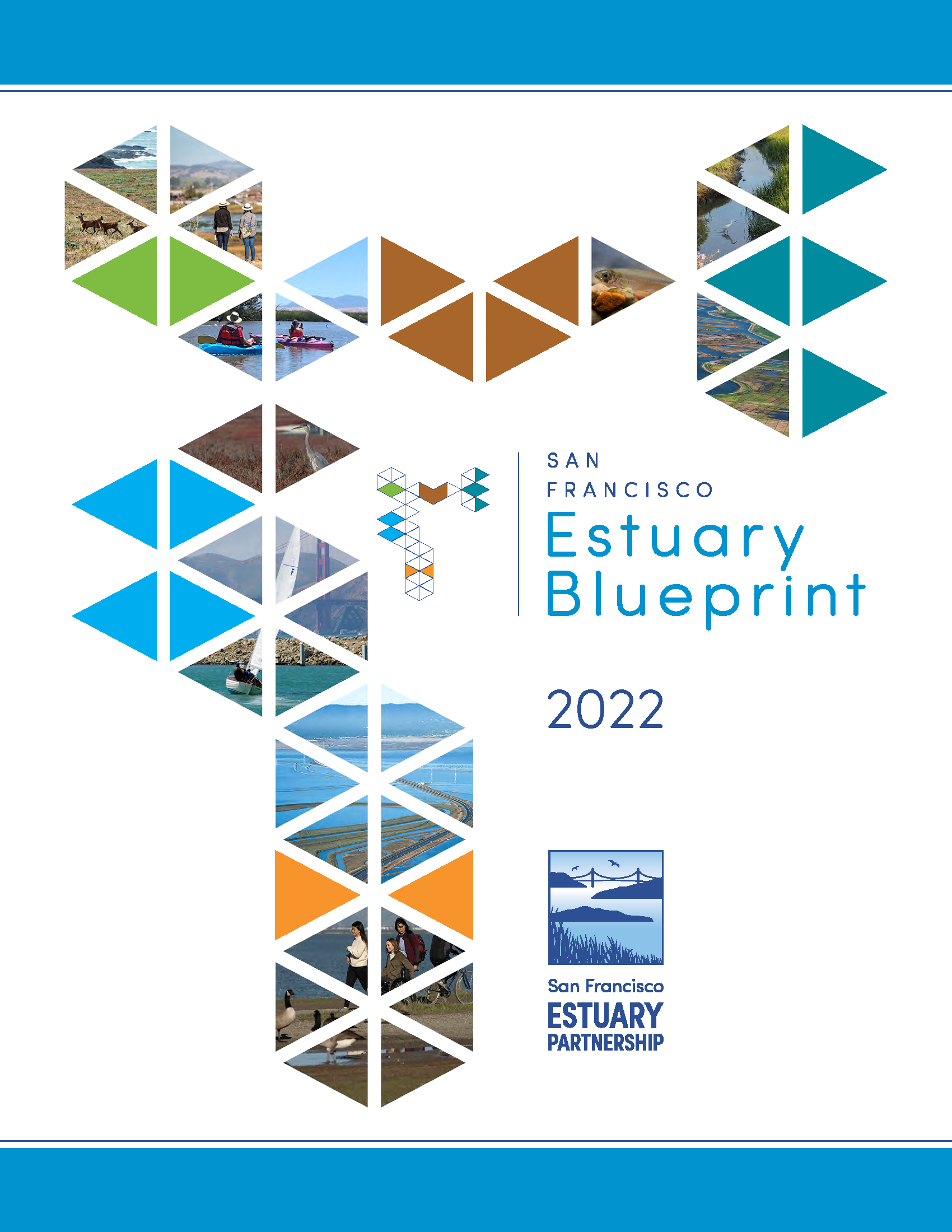Action 21: Emerging Contaminants
← Back to Estuary Blueprint Actions
Address emerging contaminants in the Estuary’s waters.
Advance action plans for specific contaminants of emerging concern (CECs), and the associated Regional Monitoring Program (RMP) CECs monitoring strategy. Support and expand existing education and public outreach and other pollution prevention efforts to reduce CECs.
Overview
Over 100,000 chemicals have been registered or approved for commercial use in the United States; however, the lack of complete information about these chemicals limits the ability of scientists to assess their potential risk. Contaminants of Emerging Concern (CECs) have the potential to harm people and wildlife, and have not yet been adequately addressed through regulation. In the San Francisco Estuary, a tiered, risk-based approach is used to classify CECs as high, moderate, or low concern, with an additional category of possible concern where risks are uncertain or unknown.
Task Description
Review and update the San Francisco Bay Regional Monitoring Program contaminants of emerging concern (CEC) and microplastics monitoring strategies every two years. Develop management-relevant information to support selection and implementation of management measures addressing CECs and microplastics by the Department of Toxic Substances Control (DTSC) and the San Francisco Bay Regional Water Quality Control Board.Task Lead(s)
San Francisco Bay Regional Water Quality Control Board, San Francisco Estuary InstituteTask Collaborating Partner(s)
Bay Area Clean Water Agencies’ Bay Area Pollution Prevention GroupCost Estimate Key
|
Cost Estimate
$$Milestone(s)
Updated RMP monitoring strategies every two years with distribution of associated management-relevant information.Task Description
Reduce pesticides coming into the Estuary, particularly from pet flea and tick control products by supporting and working with the Department of Pesticide Regulation and veterinarians.Task Lead(s)
Bay Area Clean Water Agencies’ Bay Area Pollution Prevention Group, California Department of Pesticide RegulationsTask Collaborating Partner(s)
VeterinariansCost Estimate Key
|
Cost Estimate
$Milestone(s)
At least one pesticide-reduction management measure implemented.Task Description
Support statewide efforts to address microplastic pollution by providing management-relevant information to the Ocean Protection Council, the Department of Toxic Substances Control, and other agency partners to support management actions.Task Lead(s)
San Francisco Estuary InstituteTask Collaborating Partner(s)
California Department of Toxic Substances Control, Ocean Protection CouncilCost Estimate Key
|
Cost Estimate
$$Milestone(s)
Management-relevant information to support two management actions.Task Description
Support the Department of Toxic Substances Control’s (DTSC) Safer Consumer Products Program’s efforts to reduce CECs like PFAS (Per- and polyfluoroalkyl substances: stain and water repelling chemicals widely used in industrial and consumer products) and ethoxylated surfactants found in cleaning products and detergents to protect people (e.g., fish consumers) and the Bay ecosystem by providing management-relevant information, and through local implementation of measures to promote safer alternatives (e.g., purchasing preferences).Task Lead(s)
San Francisco Estuary InstituteTask Collaborating Partner(s)
Bay Area Clean Water Agencies including member agenciesCost Estimate Key
|
Cost Estimate
$$Milestone(s)
Management-relevant information provided to support two management actions.Task Description
Task Lead(s)
Task Collaborating Partner(s)
Cost Estimate Key
|
Cost Estimate
Milestone(s)
Task Description
Task Lead(s)
Task Collaborating Partner(s)
Cost Estimate Key
|
Cost Estimate
Milestone(s)
Task Description
Task Lead(s)
Task Collaborating Partner(s)
Cost Estimate Key
|
Cost Estimate
Milestone(s)
Task Description
Task Lead(s)
Task Collaborating Partner(s)
Cost Estimate Key
|
Cost Estimate
Milestone(s)
Updates and Emerging Issues
Since 2016, the Estuary’s Regional Monitoring Program has classified microplastics and key plastic ingredients, two common ant, termite, and flea pesticides, and per- and polyfluoroalkyl substances (PFAS) as contaminants of moderate concern for the Estuary. This Action continues to monitor and research CECs and their potential impacts on the Estuary. Looking forward to 2027, pesticides related to pet products are anticipated to become a bigger issue.
Climate Change Considerations
CECs can be mobilized from the soil due to sea level rise, and leach into groundwater supplies. While the Regional Monitoring Program and the San Francisco Estuary Institute track CECs, the effects of climate change on high-risk locations have yet to be identified. Task 1-8 will be a first step in studying the potential influence of rising sea level on contaminated sites around Bay margins.
Equity Considerations
Frontline, disadvantaged, underserved, and Tribal communities carry the highest risk of exposure to CECs due to their proximity to contaminated lands and practices such as subsistence fishing.
Blueprint Goals



Connections to Other Actions
Watershed connections provide unique habitat and ecosystem services closely related to or dependent upon:
Action 2: Equity
Action 18: Recycled Water
Action 19: Stormwater Management
Action 20: Nutrients
Action 22: Health Risks of Contaminants
